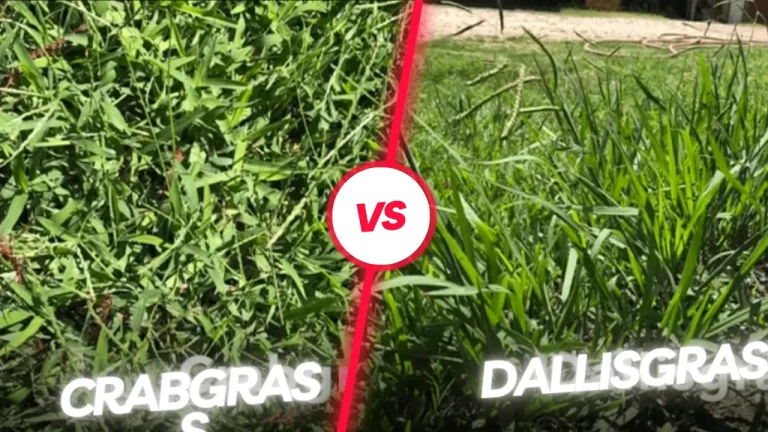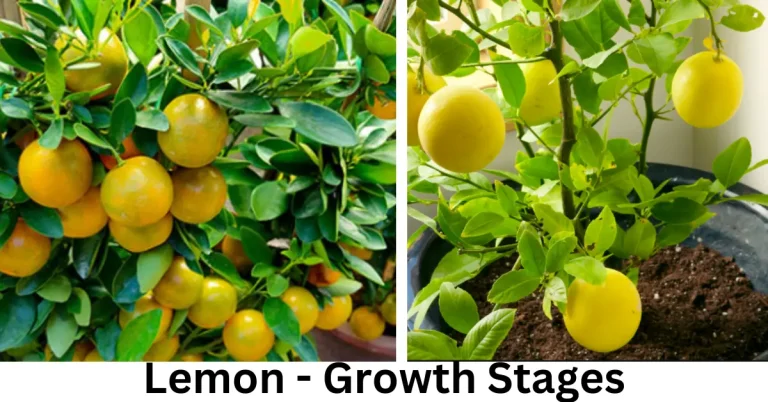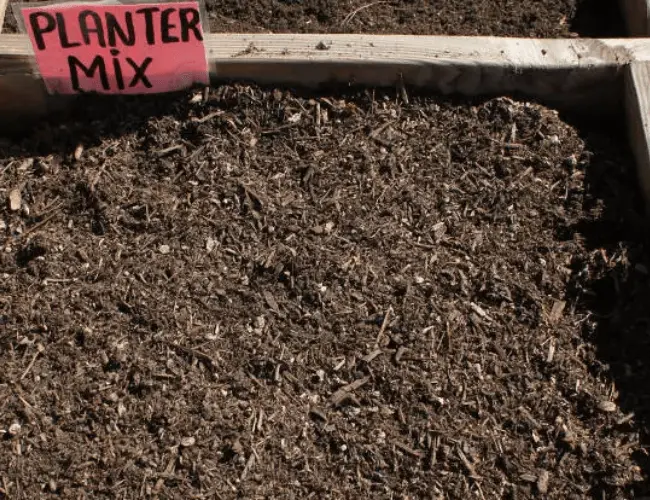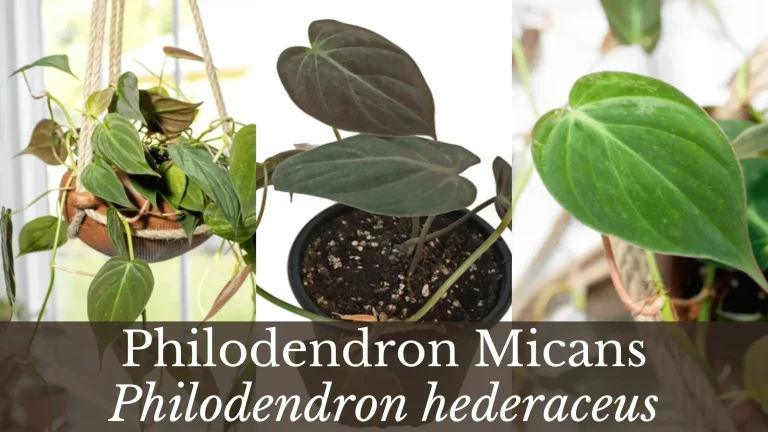Small Leaf Clusia Hedge (Clusia guttifera) | Planting and Care
Clusia hedges (Clusia guttifera), specifically the Clusia rosea variety, have become an essential part of the aesthetic list of the gardens across the United States like Blue Orchids. They are especially common in places like Florida and Miami. Their lush evergreen nature combined with an ability to withstand various climates makes them a favorite among landscaping enthusiasts and professionals alike.
| Botanical/Common Name | Clusia guttifera (Small Leaf Clusia/Clusia Hedge) |
| Plant Type | Evergreen Perennial |
| Bloom (Colour/Season) | Bloom Whitish Pink in Summer |
| USDA Zone | USDA Zones 10 & 11 |
| Mature Size | 10-12 feet |
| Soil Requirements | Well Drained | slightly Alkaline (7.5-8.0 pH |
| Water Requirements | Low | Can withstand drought |
| Sunlight Requirements | Loves sunny days with 10-12 hours direct sunlight |
They are native to tropical regions of America with more than 150 species. The leaves of the Clusia Hedge are evergreen, leathery, oval, and thick. They are also known as “small leaf Clusia”.

They create a perfect screen in the private lawns. They are reported to absorb carbon dioxide at night. They are easy to grow and are salt, drought, and heat resistant. Moreover, they’re relatively easy to care for. However, understanding their specific needs is crucial.
How to Plant Clusia Hedge for Maximum Growth
Start with selecting the perfect space in your garden. Clusia hedges are halophytes (salt tolerant). This feature makes them ideal for coastal areas. The best time to grow these is early spring, just before the flowering.
Ensure adequate spacing for the roots to spread and grow. However, as you are planning to grow these as hedge, reduce the spacing up to 4 to 5 feet apart only.
Soil Preparation – The best soil for Clusia planting should have good drainage. A mix of sand, organic matter, and perlite ensures optimal soil fertility and pH levels. Consider testing the soil’s pH. Slightly alkaline soil with pH ranging from 7.5 to 8.0 is preferred.
For Pots – fill the pots with soil and make a hole 6-9 inches deep.
For land – make holes 4 to 5 feet apart so that the plant can fix in it.

Soon after the planting, apply irrigation. Continue the watering for the next 2 weeks.
Caution
As the soil is well drained, the water will be drained soon after the application. Don’t try to re-irrigate it.
Steps
- Dig holes in line
- Carefully remove the plant from the container
- Fill the hole with plant root ball and organic matter, ensure firmness.
- Apply water for 15 minutes and allow proper draining
- Apply 5 cm layer of mulch around the plant.
- Apply water regularly for the next 2 weeks and then only twice in a week.
These steps are same like you followed to grow Alma Figs for better nutritional values.
Propagation of Clusia Hedges
Clusia hedges propagate wonderfully through cuttings, particularly softwood cuttings. Dip the cut end in a hormone solution, and plant it in a quart of potting mix. Make sure to keep the cutting at room temperature in a shaded area until it shows signs of growth.
Caution
Use 1-2 feet long cutting. The cutting should be near the leaf node to trigger sprouting.
What are the Light Needs of Clusia Hedges?
Sunlight is crucial for the growth of any flowering plant, and Clusia guttifera hedges are no exception. These plants thrive in both direct sunlight and shade, making them versatile for various garden spaces. They require 6-8 hours of direct sunlight, preferably available in the tropics.
Water Requirements
Too much moisture can harm Clusia, yet they’re not completely drought-resistant. The consensus is to maintain a moist, but not wet, soil environment. Wet soil environment may lead to fungal attack. Over-watering can lead to root rot and other diseases, while under-watering can cause stunted growth.
Fertilizer Requirements
Nitrogen, phosphorus, and potassium are essential nutrients for Clusia hedges. Use a labeled fertilizer that ensures an appropriate nutrient balance. Avoid fertilizer burn by following the recommended amounts.
Temperature & Humidity Requirements
Clusia plants are native to the tropics, USDA zone 10 and 11. They thrive in warm temperatures and high humidity. However, they’re resilient and can adapt to varying conditions. Monitor the humidity levels, especially during hot, dry periods. In regions outside their hardiness zone, consider them as houseplants or ensure protection during extreme cold
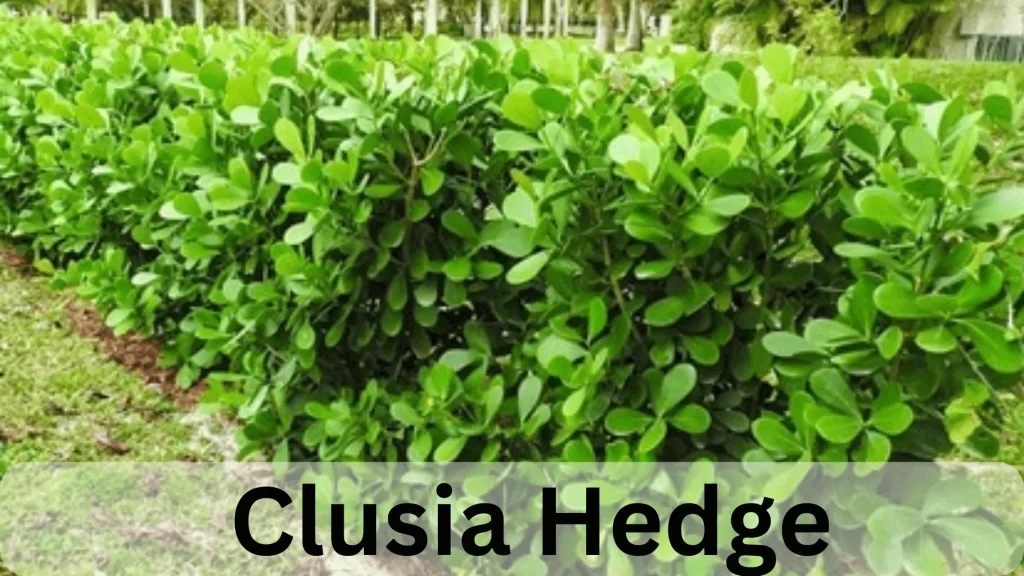
Care for Clusia Hedge
This hedge can grow up to 7 m height with branches touching to the ground indicating need for proper trimming. As they have dense and glossy green foliage, they are perfect for private fence screen. Moreover, they require proper care in terms of suitable soil, temperature, water, and protection from pests and diseases.
Soil & Irrigation – Clusia plants prefer well-draining soil. If you yourself want to plant these in plastic containers, incorporate perlite, sand, and organic matter to create an optimal soil mix.
Moreover, its ability to survive in well-drained soil such as the coastal region make it somewhat resistant to drought and water shortage. While Clusia has some drought resistance characteristics, ensuring consistent moisture without waterlogging.
The experts have proven that 5-7 liter of water for 1 m of hedge is optimal in well-drained soil.
Light & Temperature – Clusia hedges thrive in both direct sunlight and partial shade. However, being native to the tropics, they appreciate warmth and can withstand the heat. They perform better in temperatures more than 10 degrees Celsius.
Ensure to keep them outside if you have planted it in the pots. Protection during extreme cold outside their hardiness zone.
Nutrient Needs – Use a balanced fertilizer rich in nitrogen, phosphorus, and potassium. The ratio can be 10:10:10 for NPK. Always read the labeling of the fertilizer to prevent over-application. Moreover, it is recommended to use slow releasing fertilizer.
How to Trim/Prune Your Clusia Hedge?
Pruning not only maintains shape but also promotes healthy growth. Clusia only needs minimal trimming. It is better to keep their height up to 5.6 to 6 feet high as for the fencing. Shape your hedge, but keep in mind the following things.
Tools – Use sharp pruning shears for clean cuts otherwise, they will damage your desired shape and outlook. Use manual or powered trimmer.
When – The best time is during the growing season. However, it is better to avoid extreme weather conditions.
Technique – Remove any dead or diseased branches first. Then, shape the hedge as you have planned. However, for the fence, ensure that the base is wider than the top.
Moreover, this design allows sunlight to reach the lower leaves, promoting even growth.
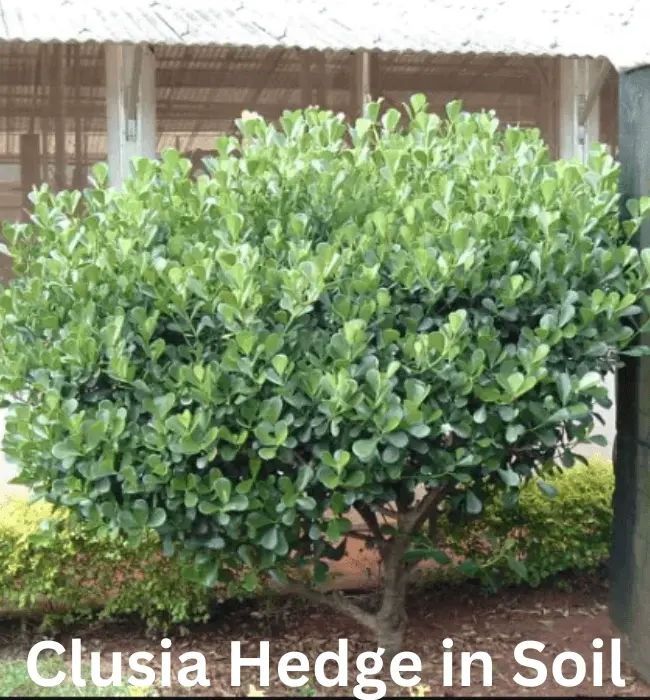
Pests Threatening Clusia Hedge Growth
Several pests can challenge the health of your hedge:
Thrips & Scale Insects – These can be identified by the damage they cause – discolored leaves or sticky sap residue. Combat them using neem oil or insecticidal soap. In case of severe infestation, consider using organic pesticides. Organic or natural pesticide may contain neem oil as a major ingredient.
Insect Prevention – Regularly inspect the plant for early signs. Ensure proper spacing between plants to discourage pest buildup. If any part of the plant is affected, it is better to remove that part and burry.
Diseases Impacting Clusia Hedge Growth
Fungal Infections – Pathogenic fungi thrive in wet conditions. Thus, over-watering or waterlogged soil can lead to root rot. Use fungicides as a preventive measure and ensure proper soil drainage.
Disease Prevention – Keep your hedges well-spaced to ensure airflow. Remove and discard affected parts of the plant immediately.
FAQs
I’m Dr Qaiser Maqsood (PhD), a dedicated researcher and expert in Biological Sciences, Gardening, Bio-Diversity, Ecology, and Environmental Sciences. I’m much concerned about Environmental Pollution, Climate Change, Plantation, Gardening, and Global Warming. My passion is to explore innovative solutions in all these fields.
Be aware that we have ONLY ONE EARTH. Protect it!!

